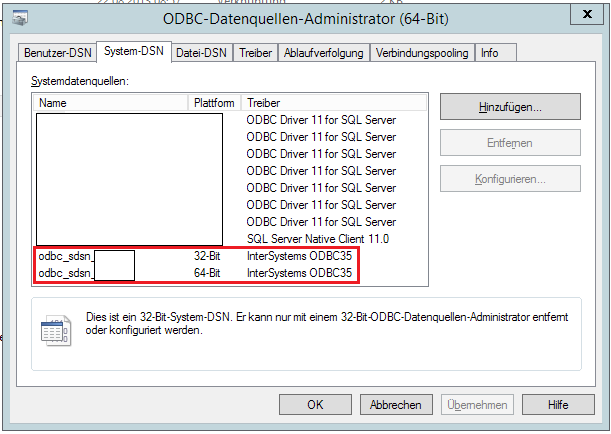Time after time on CSP Session page of our Cache 2017.2.1 installation I see that all licenses are consumed by CSP sessions of /csp/sys, /csp/sys/op/and /csp/sys/mgr applications which I assume are sessions of Management Portal. The problem is that there are only few of us accessing the Portal and as we test by browsing Portal, we can't reproduce the problem.
Is there any way to see client IP of CSP session? Any other way to approach the problem?
The problem looks very similar to the Forefox-related one but we don't use Forefox.





